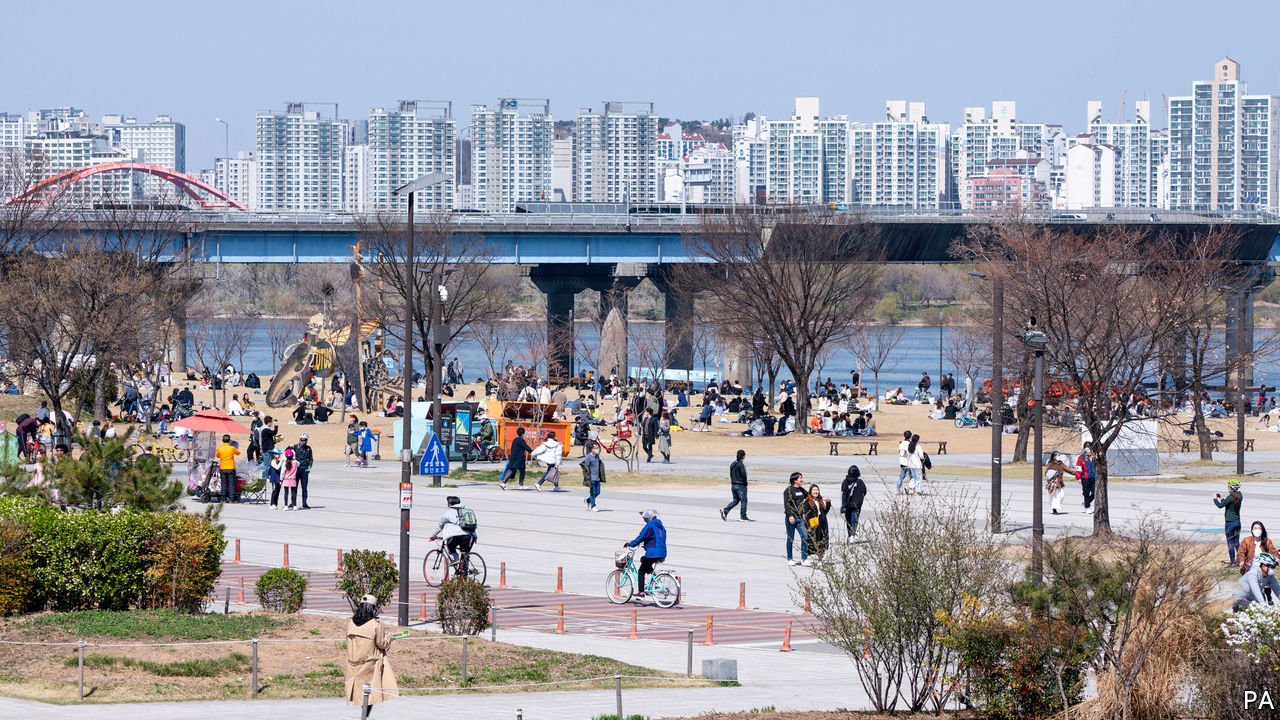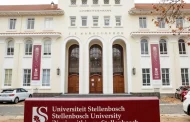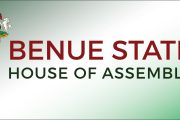This insight answers the question on the magic bullet South Korea deployed to contain COVID-19 without much lockdown and the paralyzing tension that has gripped other states. The Begin-Sadat Center for Strategic Studies from where this was originally published, (https://besacenter.org/perspectives-papers/south-korea-coronavirus/) introduced Dr. Alon Levkowitz as a research associate with it and an expert on East Asian security, the Korean Peninsula, and Asian international organizations

The author in a 2016 photograph
By Dr. Alon Levkowitz
The population of South Korea in 2020 is about 51 million. As of March 31, 2020, according to the South Korean Ministry of Health, 162 Koreans have died of coronavirus, 9,786 are confirmed cases, and 5,408 have recovered. But the most important figure to consider is this one: as of March 31, 2020, the number of tests conducted by South Korea was 395,194. This number is critical to understanding how South Korea has fought the pandemic.
The first coronavirus cases appeared in South Korea at the beginning of February 2020 among members of the Shincheonji Church in Daegu. The church has almost 10,000 members. The unique rituals of this church made it a coronavirus time bomb. Very swiftly, the government stepped in and tested more than 90% of the members of the Shincheonji Church. They also mapped everyone with whom those people had crossed paths and tested them as well.
The South Korean government understood that time and data were going to be crucial weapons in the war against the virus, so it decided to dramatically expand testing. To put this huge project into action, 40 labs were prepared almost instantly to check thousands of tests per day. The testing kit South Korea used was developed and produced domestically, which meant the country was not dependent on imported test kits the way Israel and other countries are.
In order to contain the virus, the government needed as many tests as it could lay hands on as fast as possible in order to identify sources and lock down the spread. At the beginning of the crisis, South Korea conducted about 3,000 tests per day, but quickly increased this pace to almost 20,000 per day. The enormous number of tests allowed the government to map the way coronavirus was moving through the Korean population.

An ITU graphic on the consensus on South Korea’s exceptionalism
To maintain the efficiency of this process, Seoul streamlined testing by creating a McDonald’s-style drive-through testing process. People drive up to a booth and are tested without leaving their cars. In less than 10 minutes they can arrive, get tested, and leave the site. Israel has adopted this mechanism in five locations around the country.
Seoul understood that in order to gain the vital trust and cooperation of the public to combat the virus, it was going to have to be transparent. It is accordingly updating the public on every move it makes regarding testing and surveillance. But the public, too, understands for the most part that they have a responsibility to do as they are told. Those who ignore the rules—for example, people who disobey quarantine instructions—are fined $30,000.
The government uses mobile phone tracking, CCTV, and a payment system to track and map the movements of citizens who test positive. This kind of surveillance might smack of Big Brother, but it serves the essential immediate purpose of identifying whoever might have been in contact with a virus sufferer and instructing them to self-quarantine and get tested immediately. Anyone who enters South Korea is requested to upload an app onto their phone and update it daily. In some cases, visitors are instructed to self-quarantine for 14 days.
The last layer of the war on coronavirus is the South Korean health system, which is on a very advanced, first-world level. The government has decided to pay all coronavirus-related medical expenses, but if the number of infected cases rises significantly, it will have to increase restrictions on the public throughout the country.




























